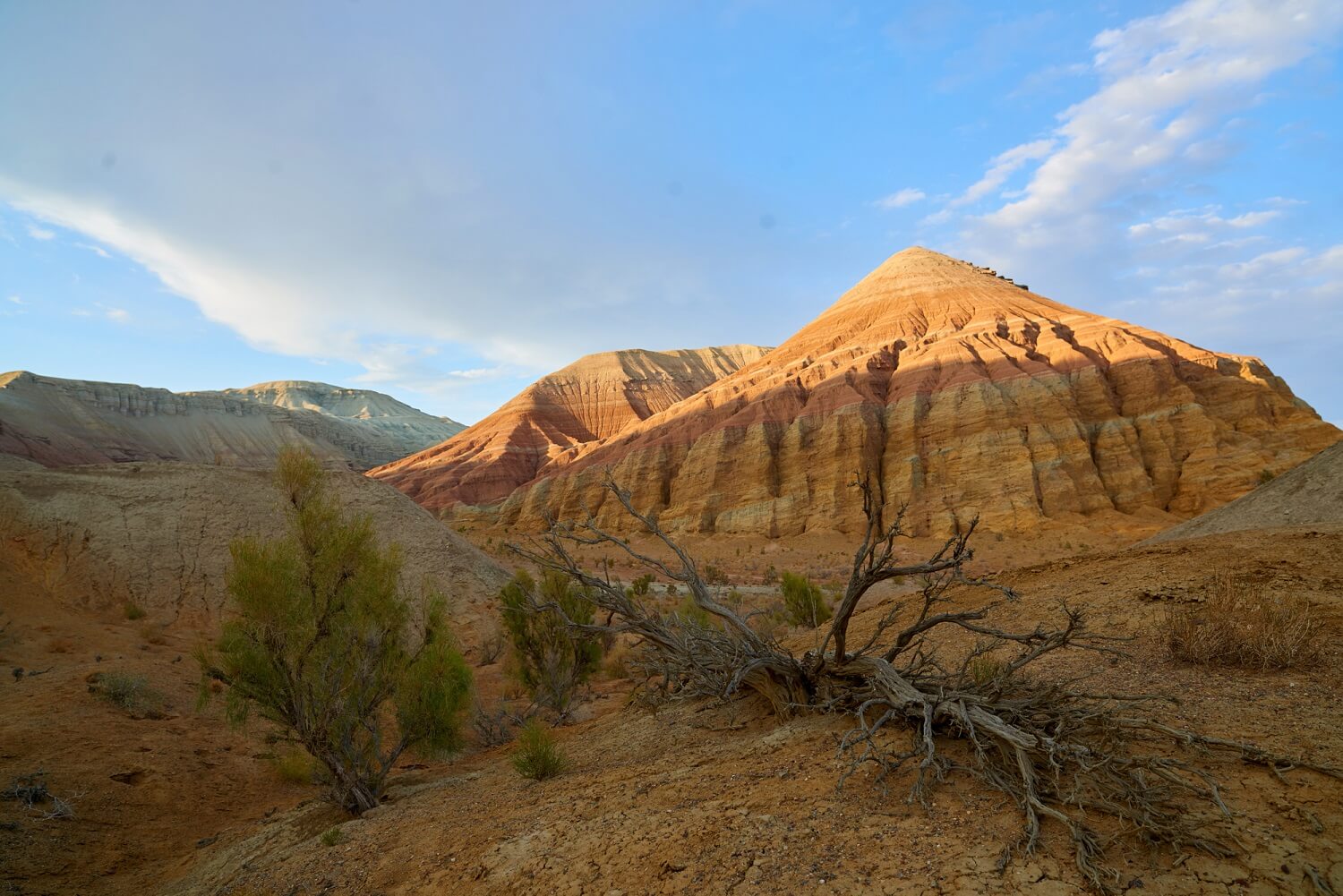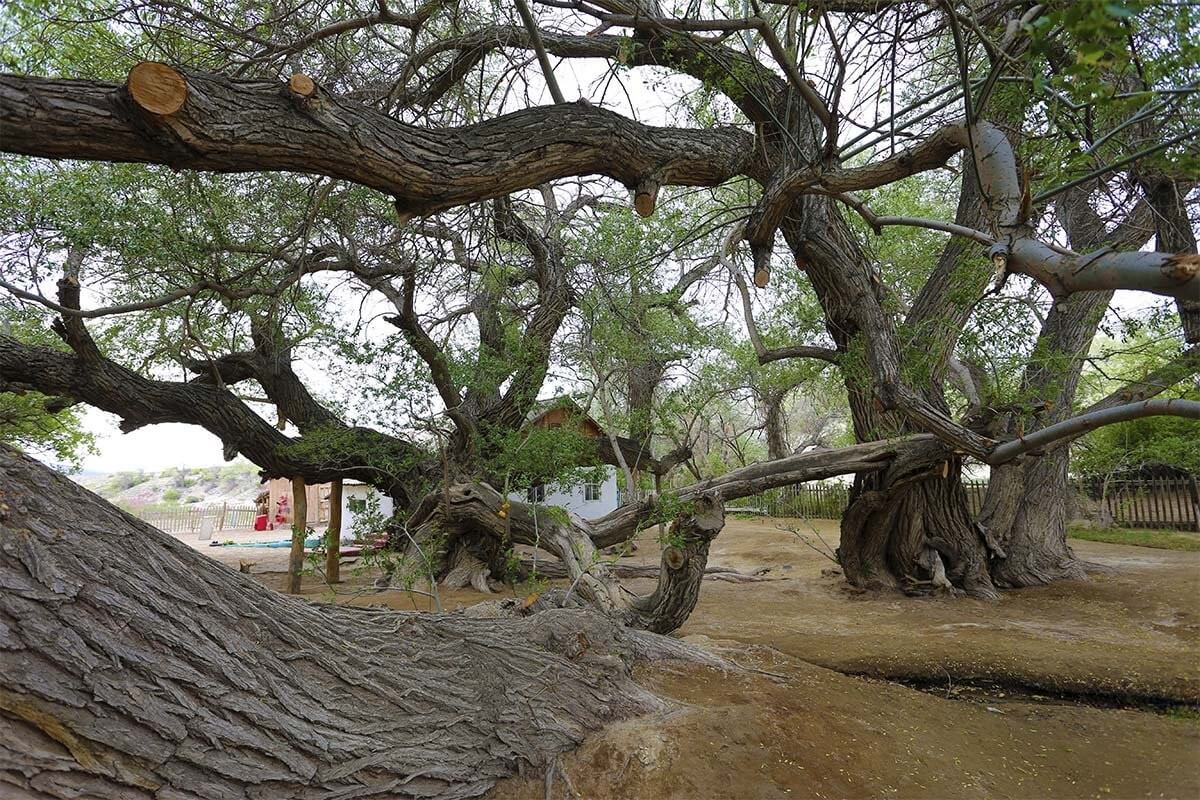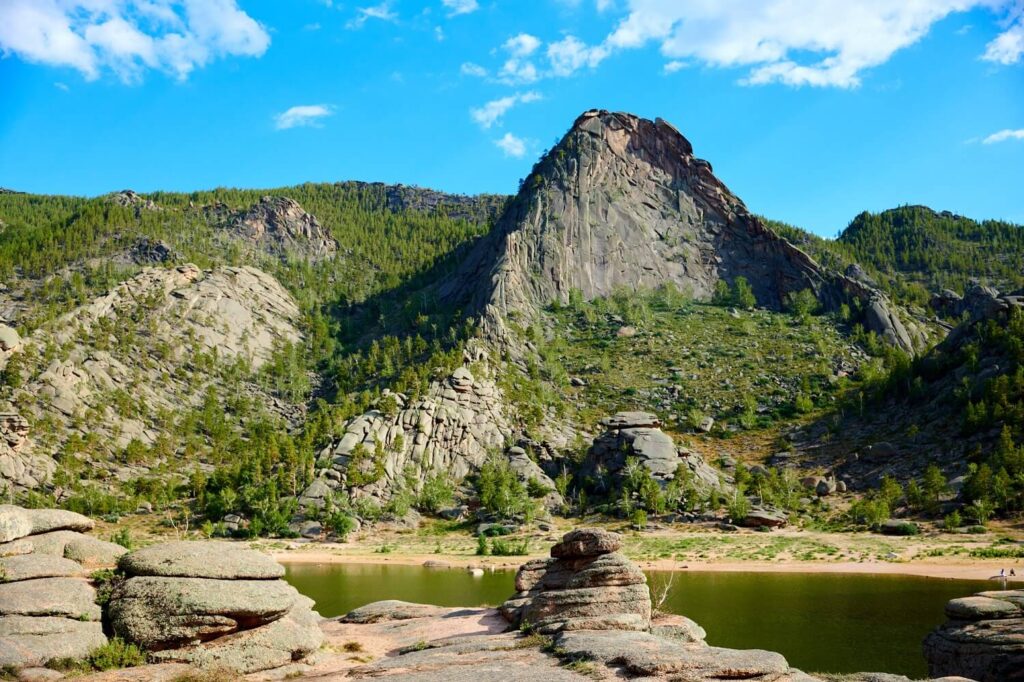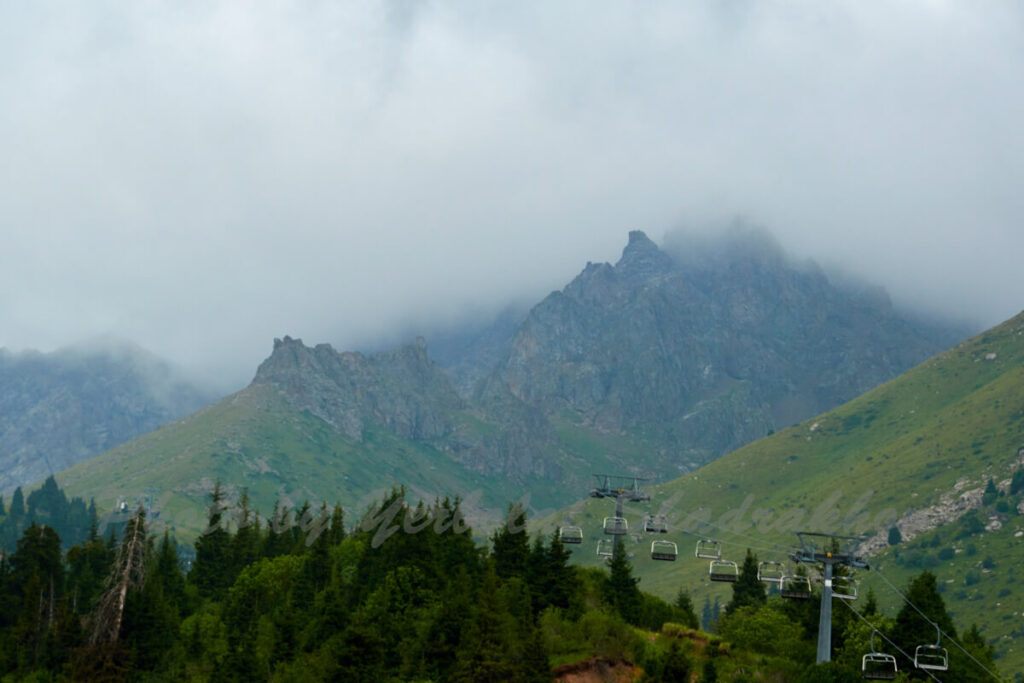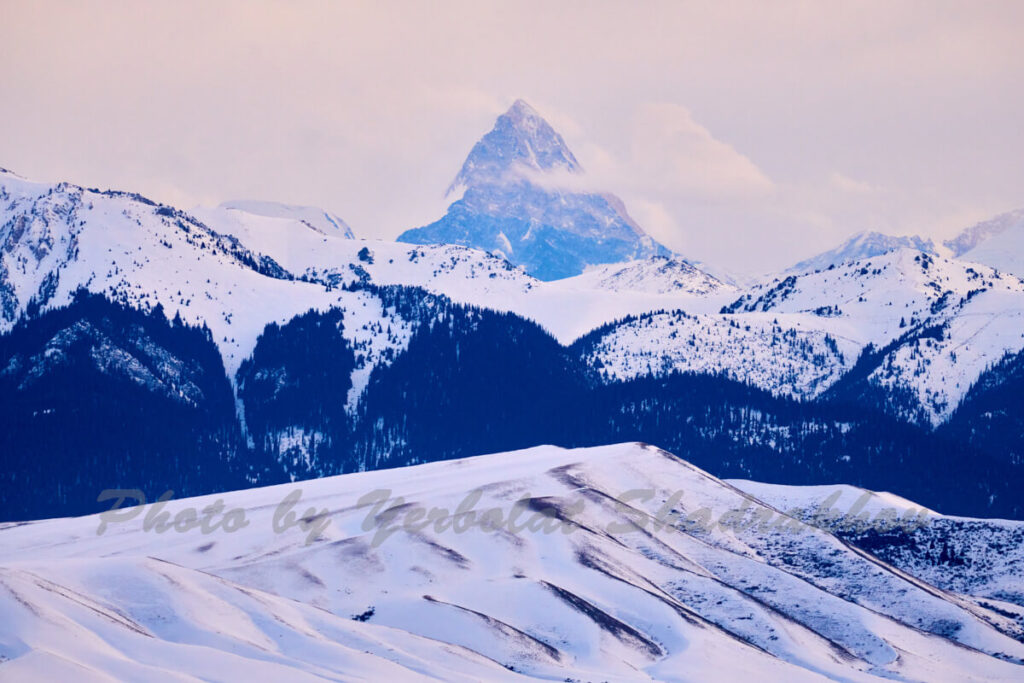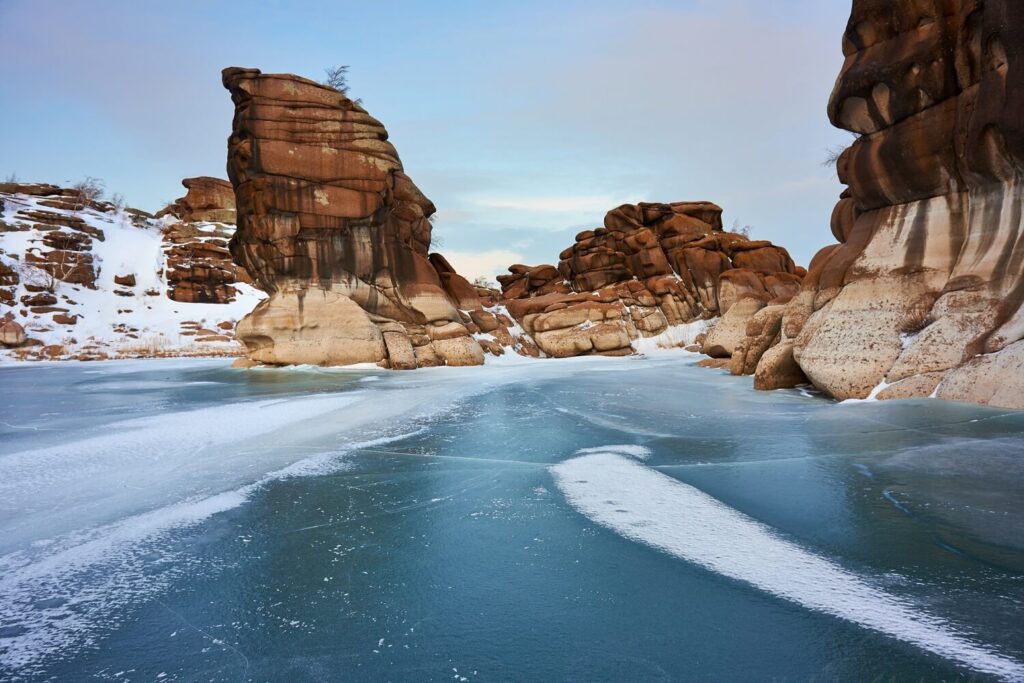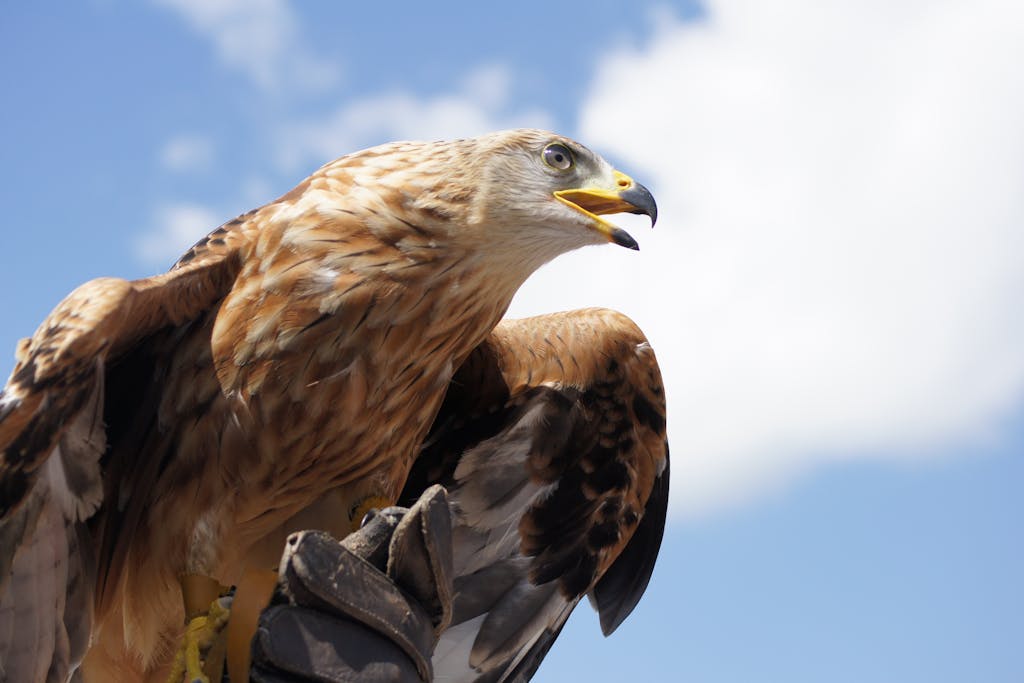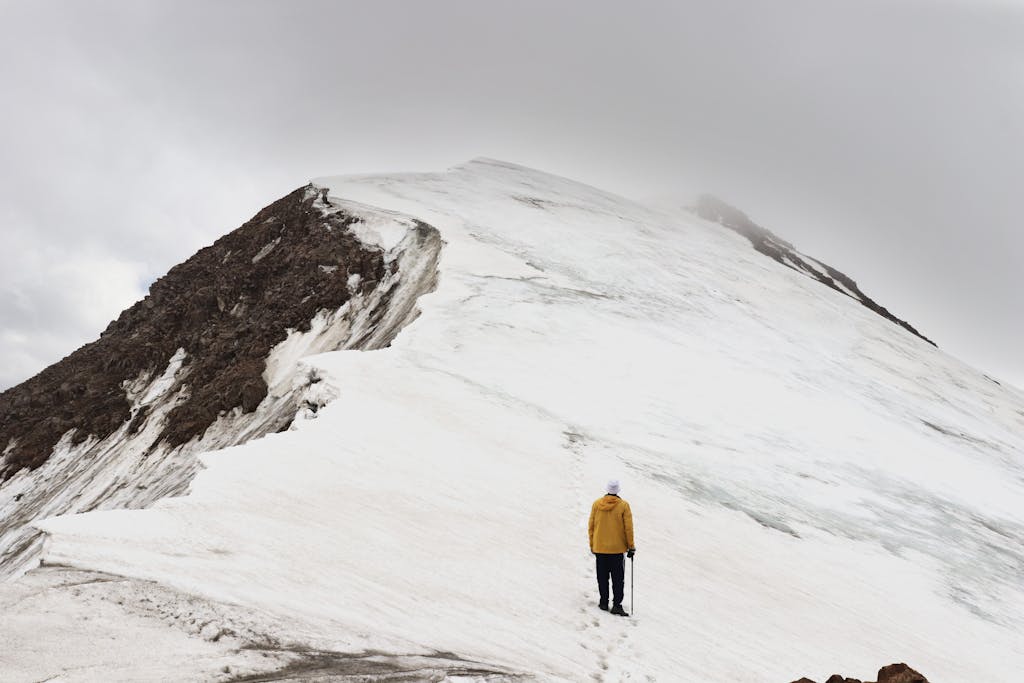Altyn Emel National Park is an awe-inspiring destination in southern Kazakhstan, located 250 km from Almaty. Part of the famous ‘Golden Trail’ alongside Charyn Canyon National Park and Kolsai Lakes National Park, Altyn Emel covers an impressive area of over 4,600 square kilometers.
It is celebrated for its stunningly diverse landscapes, ranging from rugged mountains and vast deserts to lush oases. Established in 1996 to preserve its unique natural complex and historical monuments, it is the largest nature reserve in Kazakhstan.
Discover Kazakhstan
Explore the Three Main Zones
Altyn Emel is divided into three distinct zones, each offering a unique experience for nature lovers and adventure seekers:
- Aksu-Zhabagly Nature Reserve
Home to an extraordinary variety of plants and animals, the Aksu-Zhabagly Nature Reserve is a biodiversity hotspot. It is a sanctuary for the endangered Saiga antelope and other rare species. The flora boasts over 1,800 species, including 69 rare plants, making it a paradise for botanists and wildlife enthusiasts. - Katutau Mountains
The rugged Katutau Mountains cut through the park, offering breathtaking panoramic views of the surrounding desert landscapes. These ancient volcanic mountains are a geological wonder, attracting hikers and photographers alike. The dramatic rock formations and vast open skies create a mesmerizing backdrop for adventure seekers. - Singing Dunes
A truly unique natural phenomenon, the Singing Dunes are a series of high sand dunes that produce a humming sound when the wind sweeps over them. The largest dune is 1.5 km long and 120 m high. This mystical melody has fascinated travelers for centuries. Climbing the dune rewards visitors with spectacular views of the Ili River and the surrounding mountains.
Wildlife and Conservation Efforts
Altyn Emel National Park is a sanctuary for a wide array of wildlife. The park hosts at least 260 species, including 78 species of mammals, 11 of which are listed in the Red Book of Kazakhstan.
Notable residents include the argali, dziggetai, Persian gazelle, stone marten, polecat, otter, manul (wild cat), wild ass, Asian barbastelle bat, Bukhara deer, lynx, and the Tien Shan brown bear. The park also provides a haven for endangered amphibians, such as the Siberian toad, and rare birds, including the black stork and the imperial eagle.
Among its unique inhabitants are the Kulan and the legendary Przewalski horses. The flora is equally impressive, featuring ancient white and black saxaul trees, ironwood (Caucasian frame), and the rare Sievers apple trees.
Historical and Cultural Significance
Altyn Emel is not only rich in natural beauty but also steeped in history and culture. The park is home to numerous historical and archaeological sites, including the ruins of an ancient city and a petroglyph site. Visitors can also explore traditional Kazakh villages, gaining insight into local customs and lifestyles.
Oasis of Kosbastau and the 700-Year-Old Willow
One of the park’s hidden treasures is the oasis of Kosbastau, nestled between the Ulken-Kalkan and Katytau Mountains. This lush grove features a warm radon spring, offering a serene setting for relaxation. Nearby, a 700-year-old willow stands as a natural monument. Discovered during geological work in 1960, this ancient tree is a symbol of resilience and history, protected under the care of the Altyn-Emel National Park Administration.
Visit Altyn Emel National Park
Altyn Emel National Park is a must-visit for nature lovers, history enthusiasts, and adventure seekers. With its diverse landscapes, rich biodiversity, and historical significance, it promises an unforgettable experience. The park offers a range of activities, including hiking, camping, and cultural tours.
Book Your Adventure Today!
Are you ready to explore the wonders of Altyn Emel National Park? Contact us to book your ideal trip with our local support team. Discover the magic of Kazakhstan’s largest nature reserve and create memories that will last a lifetime!


